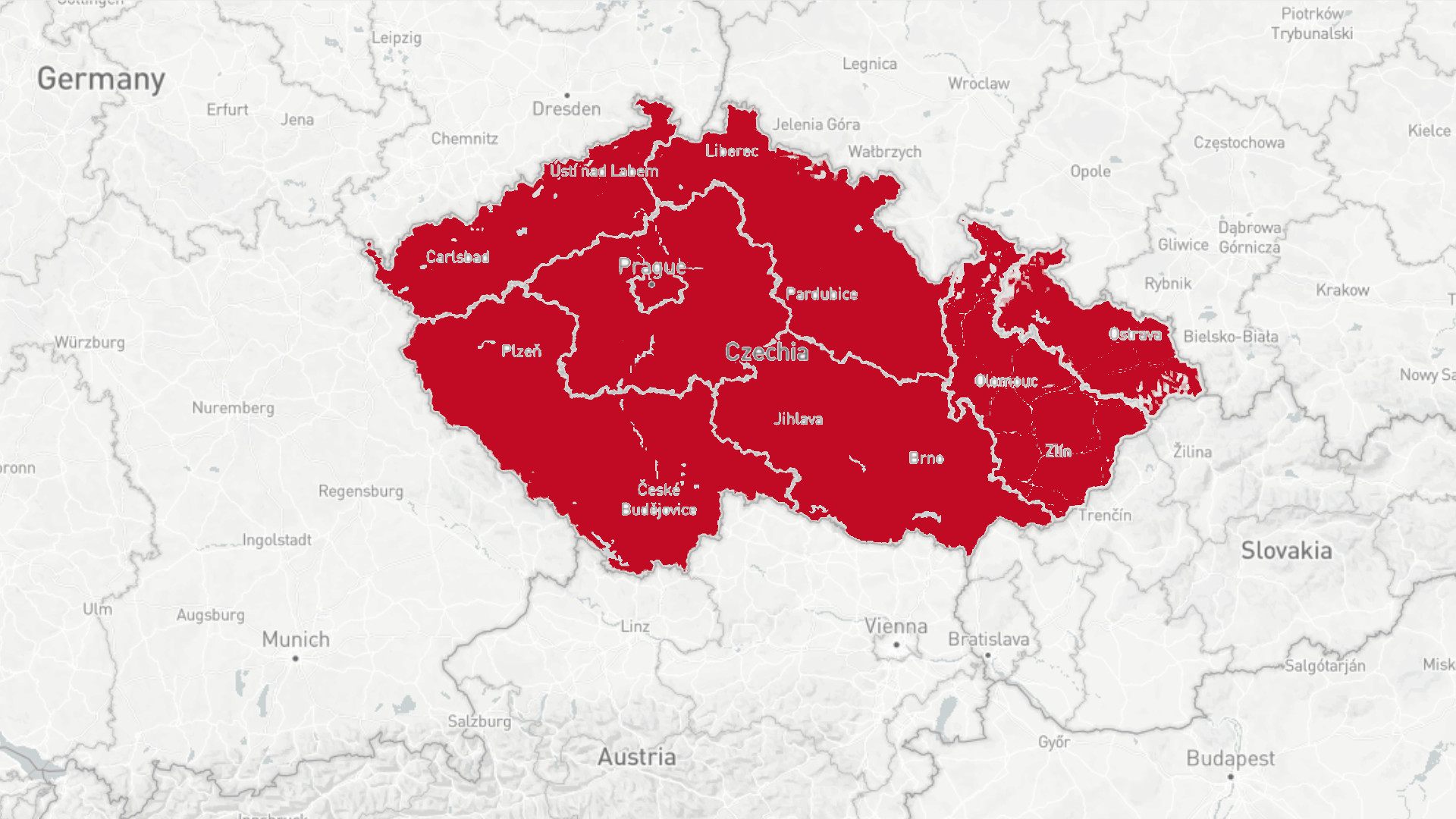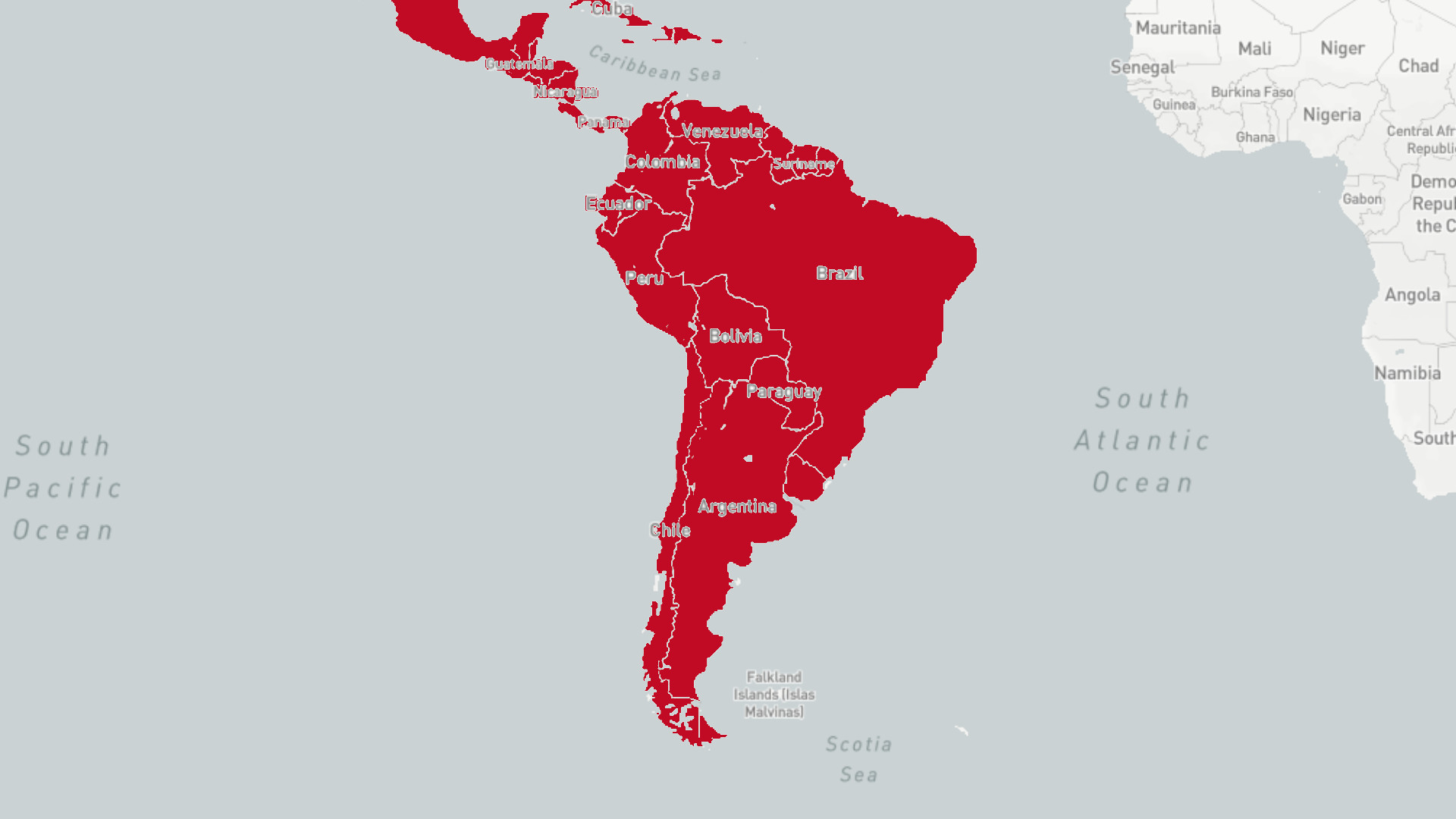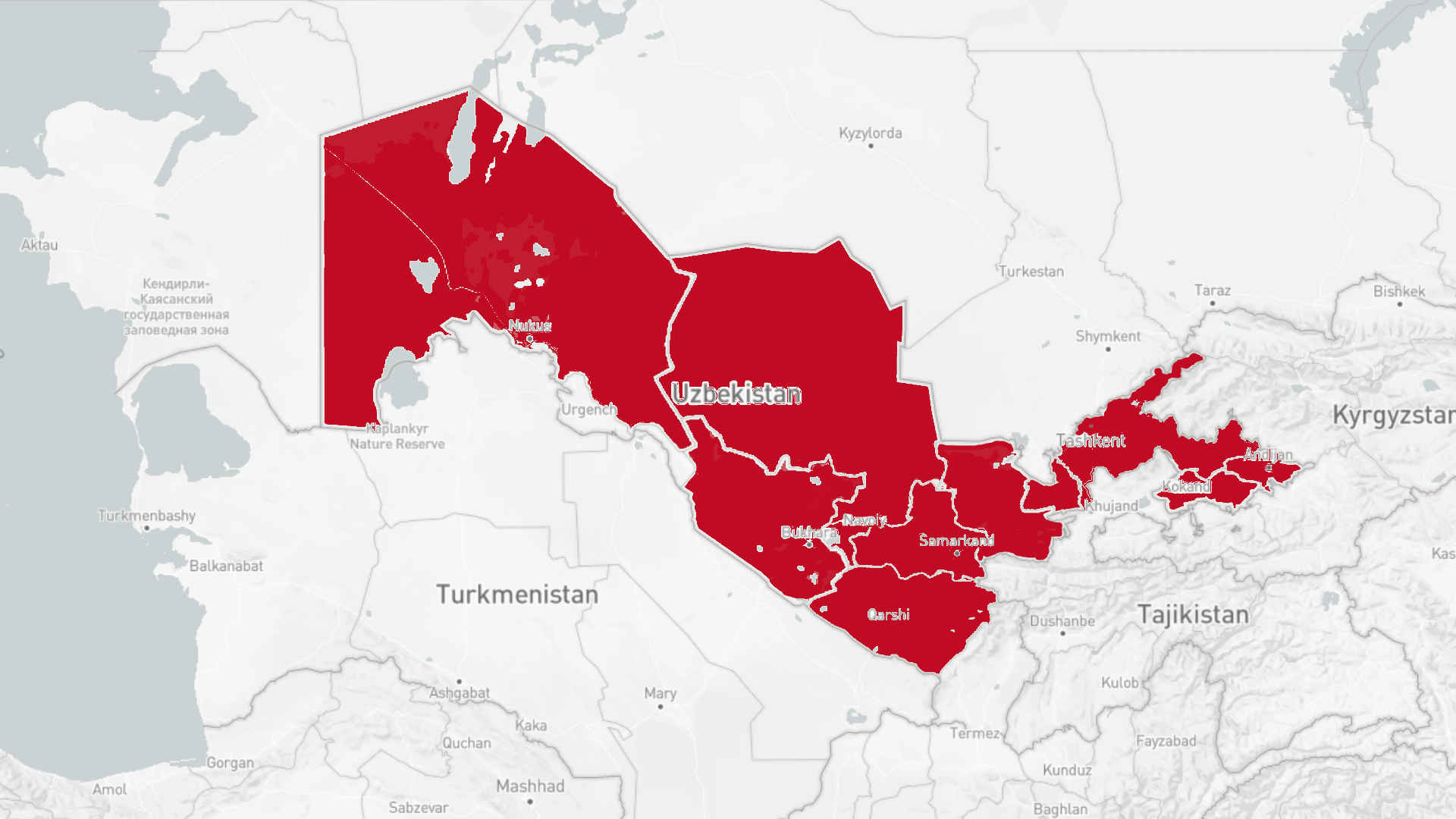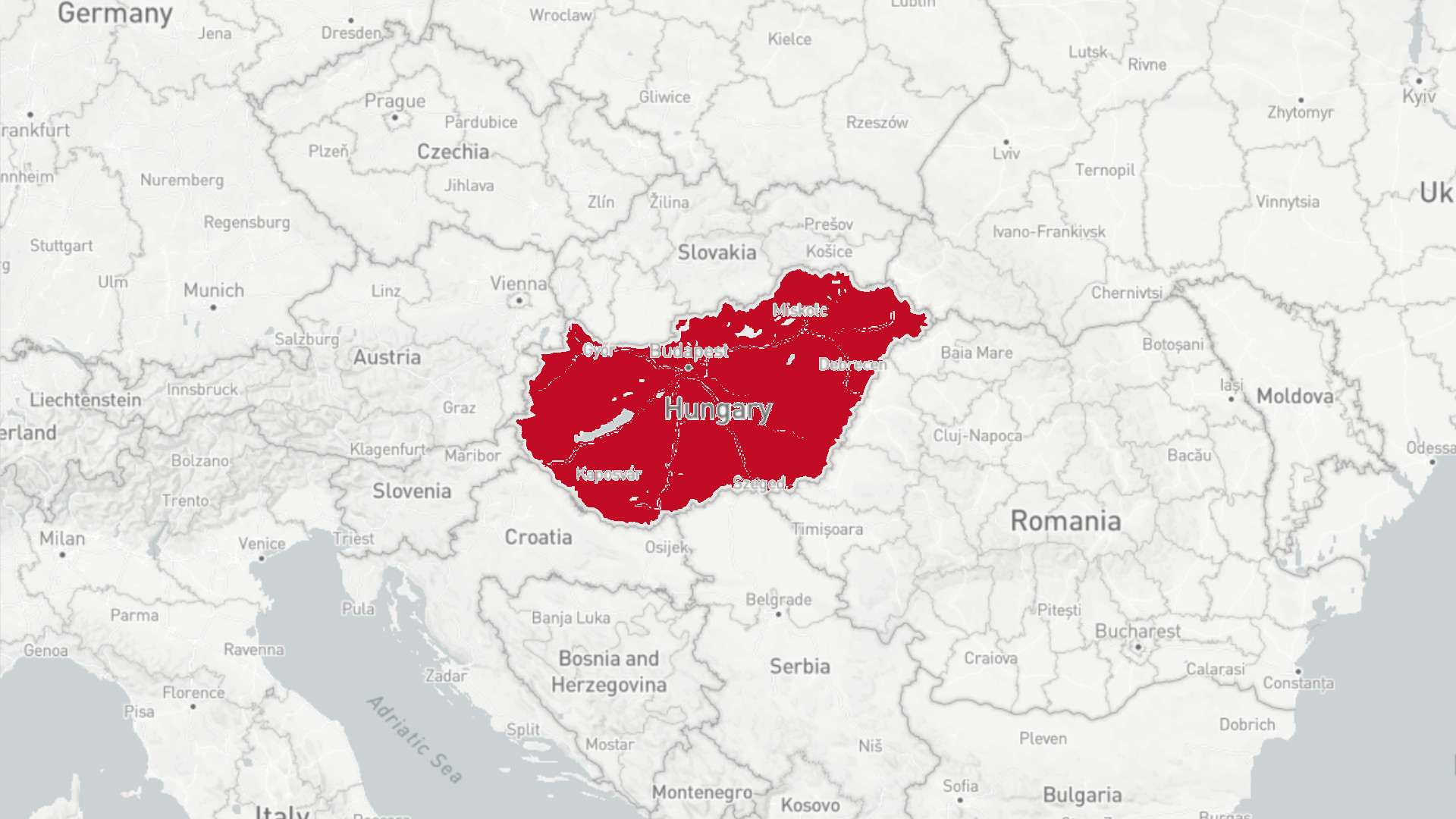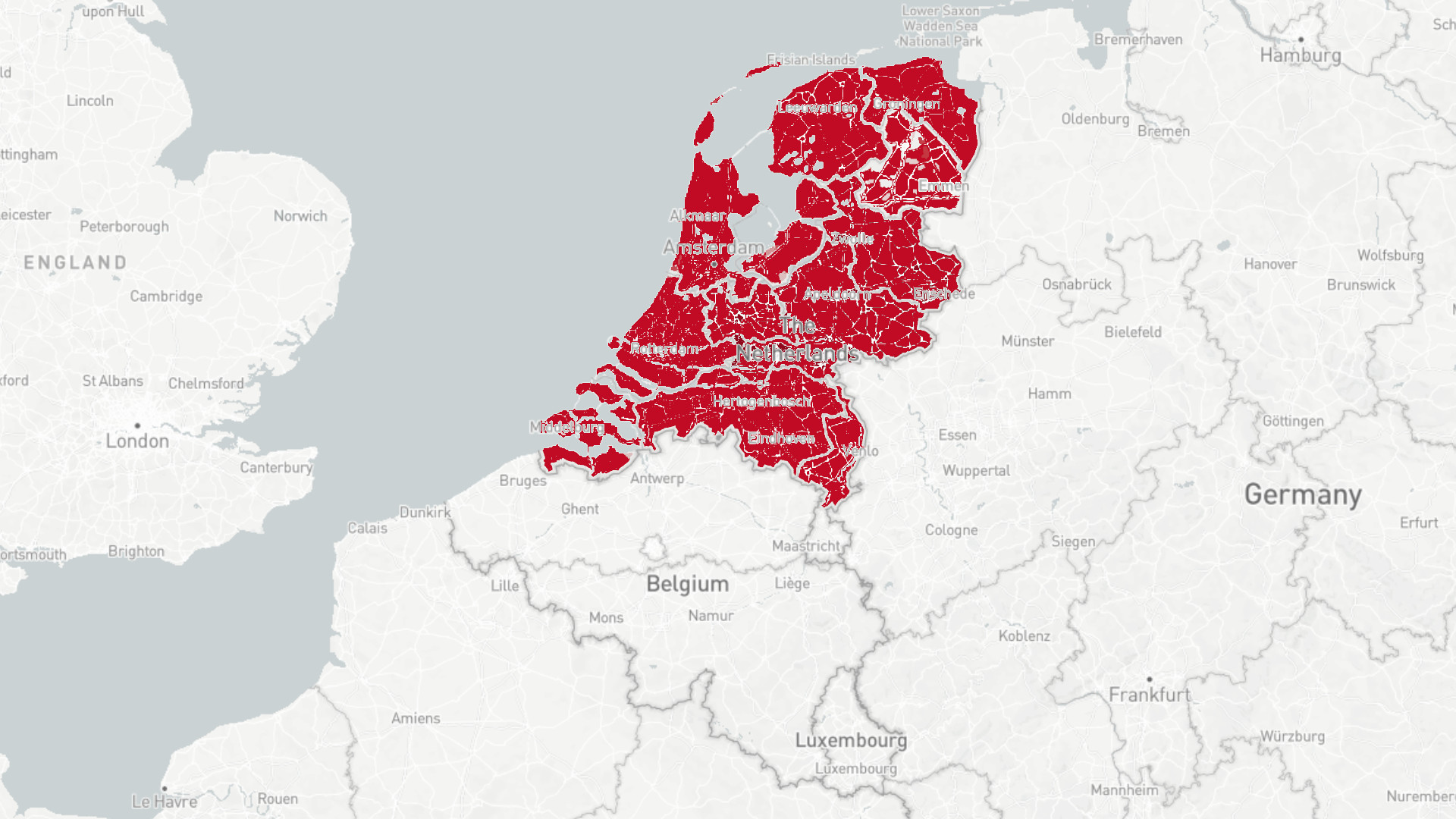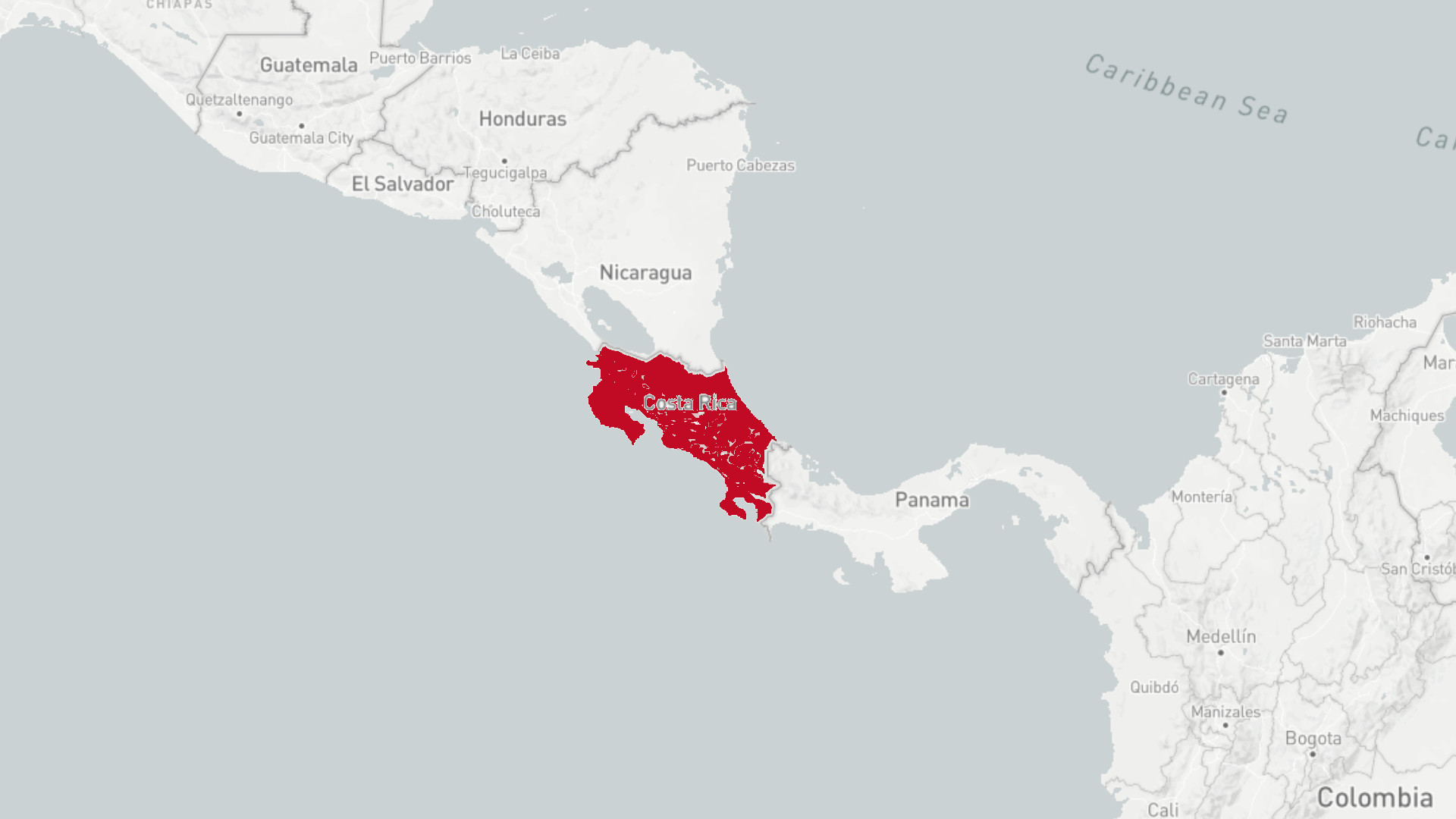India facing the pandemic
Going back to normal? Or going back to the extreme?
written by

Sarah Breunig
While in in July 2020 in Germany the corona pandemic seems currently under control, and lockdown restrictions are gradually easing up, India has become the world’s third most affected country in the world by the Covid-19 virus. Syamantak Ghosh lives in New Delhi, and gives an inside perspective on how he perceives the situation in one of the current corona epicentres. A comparison of two countries dealing with Covid-19- considering measures from social distancing and lockdowns to the corona-warning-app.
In Germany, people dare to enjoy the summer again. Many are seen having picnics at the river side, sitting in small groups, the air filled with chatter. Society breathes a sigh of relief. Life seems to be returning more and more to its familiar ways of the time before the corona pandemic. In New Delhi, Syamantak Ghosh, an Indian journalist for the Deutsche Welle, remains isolated in his apartment. His Covid-19 test was positive. Ghosh has a constant headache and feels weak. He spent the entire last month reporting from a war zone in the Ladakh region of India. It is assumed that he caught the virus during his time there. Ghosh has observed enormous contradictions in how New Delhi is dealing with the current situation: While the majority of people in the wealthy areas respect social distancing and wear the required masks, it is simply impossible to do so for lower income citizens, or “slum dwellers”, who make up one sixth of the Indian population. “They protest, we don’t have water to drink, so let us not even talk about wearing a mask”, explains Ghosh. According to him, the lack of social distancing in certain population groups, is one of the major reasons why the corona pandemic has gotten out of control in India.
In Germany at present, there have been around 207.000 cases of coronavirus infections. (All numbers in this article were last updated on July 29th). According to statistics from the Robert Koch Institute, 9.128 people have died as a result of contracting the virus. During the last 24 hours, Germany has reported 684 new infections. Within that same time-period, the infection rate has topped 48.000 cases in India, as reported by the country’s health ministry. This means that in a single day, the infection rate in India is nearly 70 times higher than in Germany. It is a terrifying new record for the world’s second highest populated country. After the United States and Brazil, India became the third most affected country of the corona pandemic in the world with more than 1,5 million cases, and nearly 35.000 deaths. The number of unreported and un- tested cases is most certainly higher. What factors caused India to get to this point? And what made the infection rate rise so much higher than in Germany?
During the peak of Covid-19 infections in March and April, Germany was under lockdown. When the number of reported cases declined, the government eased the lockdown restrictions progressively week by week. Some federal states are considering lifting the mask requirement in some public areas, such as supermarkets. Whenever the infection rate rises rapidly in certain areas or cities – as with the case at the slaughterhouse “Tönnies” in the district Gütersloh – strict measures are implemented to confine the spread of the virus. As a result, the feared collapse in the hospitals due to corona, did not happen. Many beds in intensive care units remain unoccupied.
Syamantak Ghosh points out, that in India “corona revealed the already existing problems with the health system. It’s a pandemonium.” Medical facilities are missing in the suburbs as well as in the villages, so consequently the cities hospitals are extremely overcrowded. In comparison to Germany and other Asian countries, the coronavirus arrived in India rather late. It wasn’t until March 13th that the first person died due to Covid-19 according to the figures of the health ministry. While the infection rate was still low, the government imposed a nationwide lockdown for six weeks until the end of May. During that period, the spread of corona was relatively contained, but the unemployment rate rose dramatically. Due to a lack of a social welfare system, the government failed to support those who lost their jobs, leaving countless Indians in a desperate situation. The restrictions were eased at the beginning of June for the first time, and once more on July 1st. “It was almost impossible to extend the lockdown both for the government and the people who had return to work. But it was definitely the wrong timing. The government should have been more proactive much earlier”, says Ghosh. He also criticizes that for a long time, there has been too little testing of Covid-19. Since the end of the lockdown, the infection rate is rising in a steep curve. The outbreak peaks especially in New Delhi and Mumbai. In India's capital, nearly one in four residents has been exposed to the coronavirus. Covid-19 is also spreading at an alarming rate in Maharashtra (the region around Mumbai) and Tamil Nadu. More than 50% of the active cases have been reported in these two states. More rural regions with lower population densities like Goa, Bihar, Kerala and Assam, are also strongly affected. The current epicentres are re-entering local restrictions in order to confine the virus. On a positive note, a large number of persons remain asymptomatic, and antibodies can develop with many people being infected. When compared with the rest of the world, the fatality rate in India is quite low at 2,3%.(In Germany the fatality rate is currently at 4,4%). One reason for this could be country’s relatively young population that is less susceptible to dying from Covid-19.
One idea to track and break the chain of infections are corona-warning-apps, which many countries have configured. Both in Germany and in India, the app works via Bluetooth. Its aim is to inform its users whether they have been in contact with a person who has tested positive to the virus. In Germany, the app has been operating since mid-June on a voluntary basis. Nearly a quarter of all Germans are actively using it. The app generates a random Bluetooth-ID on activated smartphones. Personal data is encrypted and is saved only on the smartphone. The data is not sent to a central server, so that the government cannot track a person’s location. For Syamantak Ghosh, the biggest concern of the Indian corona-warning-app “Aarogya Setu” is data protection. In his opinion, “the government uses the coronavirus to get the user’s personal data to their data base”. The app is used by only 1% of the population, so Ghosh’s concern seems to be shared.
The corona pandemic remains omnipresent in people’s life around the globe. In Germany, although the infection rate is low at present, there is a growing fear of a second wave, which creates a constant uncertainty in everyday life. Although Ghosh is currently isolated at home with the virus, he is enthusiastic to get back out into the streets of New Delhi and continue his work as a journalist. According to him, “it is a scary time. But when everything around you is so negative, the only thing you can do is to stay positive yourself.”

